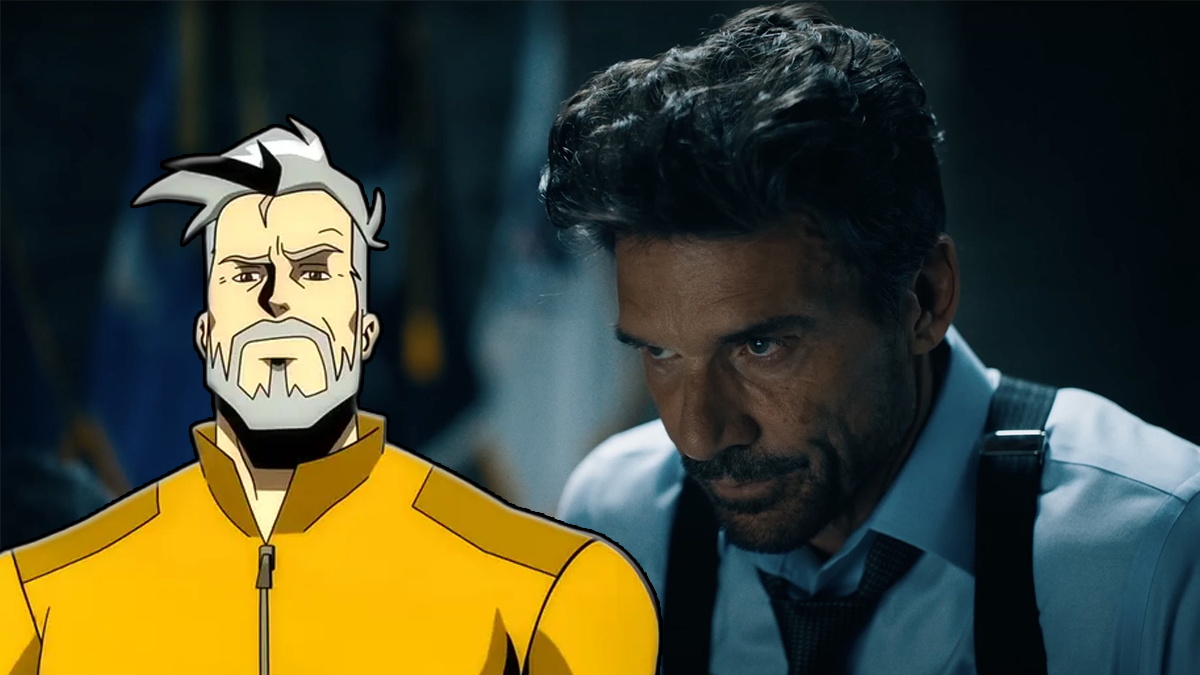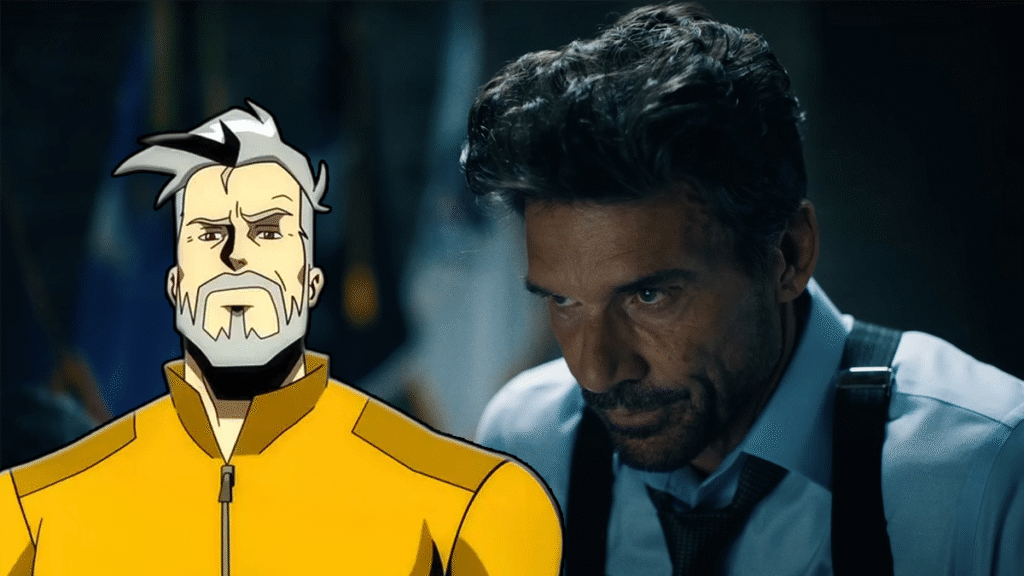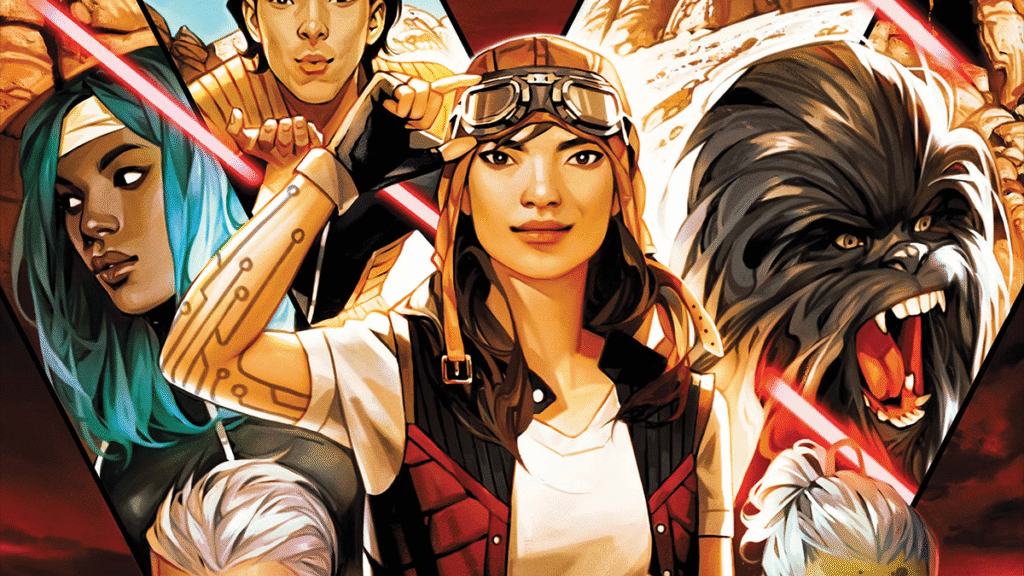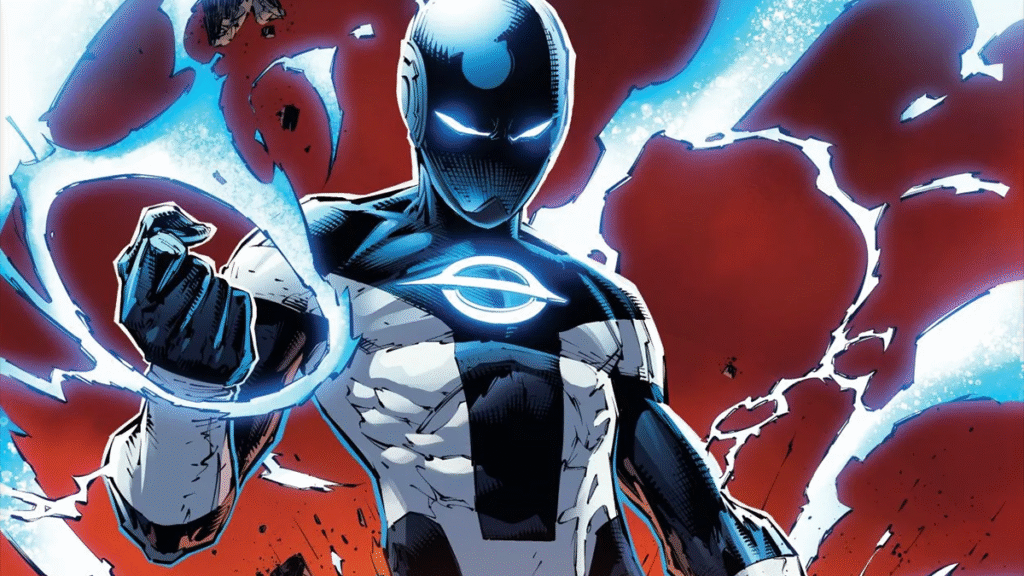What Happens to DC’s Animation Legacy Under James Gunn?

Even when the DCEU struggled to find its footing, one truth remained constant: DC Animation delivered. From Batman: The Animated Series to the grim finale of Apokolips War, DC’s animated projects earned praise for their consistency, storytelling depth, and genre versatility. While the live-action slate stumbled, the animation wing remained a haven for fans craving thoughtful adaptations and bold experiments.
Now, under the leadership of James Gunn and Peter Safran, DC Studios is undergoing a complete reboot. And that includes animation.
The New Approach: Integration, Not Isolation
Gunn has made it clear: animation is no longer an auxiliary. It’s part of the plan. Shows like Creature Commandos are canon to the new DC Universe, and animated characters will share continuity with their live-action counterparts. Voice actors will also portray the same roles in live action and vice versa. Hell, we’ve already seen this in practice with actor Frank Grillo portraying Rick Flag Sr. in both Creature Commandos and the summer blockbuster, Superman . That alone represents a massive philosophical shift from how DC Animation traditionally operated.
The Old Strength: Creative Chaos
Historically, DC Animation thrived in its fragmentation. Projects could be Elseworlds, anthologies, or short-run adaptations—from Gotham by Gaslight to Red Son to Justice League Dark. Freed from the burden of cinematic synergy, creators had room to be weird, specific, and occasionally brilliant. There was no need to line up tones or build a shared canon. The result? A catalog of fan-favorite projects that embraced risk and stylization.
The New Risk: Narrative Conformity
With canonized animation comes a new pressure: consistency. Characters, timelines, and tone must align with the overarching DCU. This creates a tighter narrative universe, but possibly at the cost of the creative freedom that made past animation so memorable. Fewer Elseworlds may mean fewer bold swings.
Performance vs. Continuity
One potential trade-off is voice performance. DC Animation has historically cast elite voice actors (e.g., Kevin Conroy, Andrea Romano, and Mark Hamill) who weren’t necessarily tied to on-screen roles. The new model prioritizes actor continuity—meaning live-action stars might be chosen even if they aren’t the best voice talent. It’s a subtle but real concern.
The Upside: Cohesion and Scale
At the same time, animation being part of the core universe offers huge upside. It allows DC to tell expansive stories—cosmic, magical, mythic—without blockbuster budgets. A show like Creature Commandos can set the table for future films, explore new characters, and fill narrative gaps in a way that live action alone can’t.
The Path Forward
James Gunn is a fan of animation, horror, pulp storytelling, and fringe characters—all things that align with DC’s best animated traditions. If anyone can balance franchise coherence with creative weirdness, it’s him. But make no mistake: this is a new era. DC Animation is no longer the scrappy secret weapon in the shadows. It’s stepping into the spotlight. And the pressure is on.




